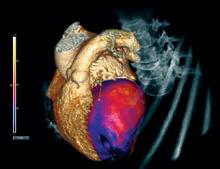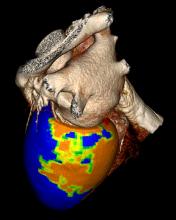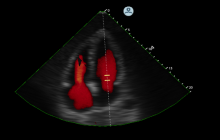ECRI Institute recently reviewed published data on Abiomed's Impella RP (Right Percutaneous) transcatheter ventricular assist device (VAD). The institute said the device provides immediate significant improvements in hemodynamics with considerable short-term and long-term survival rates.
© Copyright Wainscot Media. All Rights Reserved.
Subscribe Now




